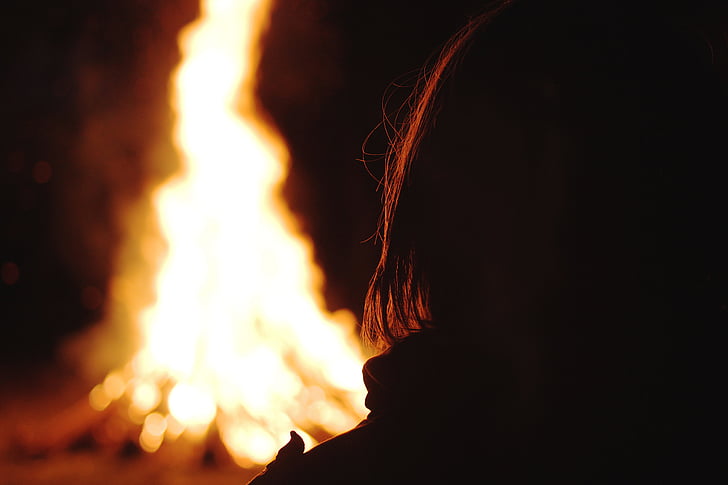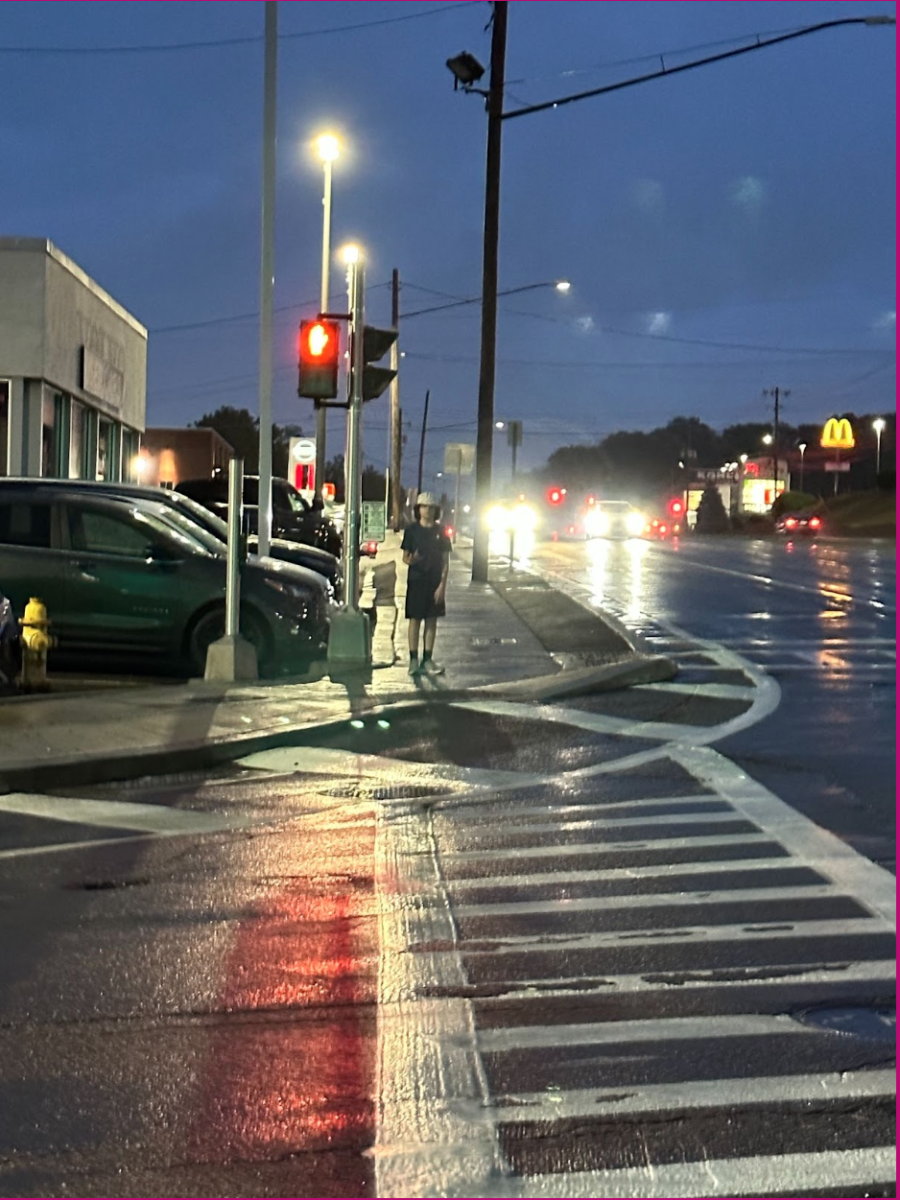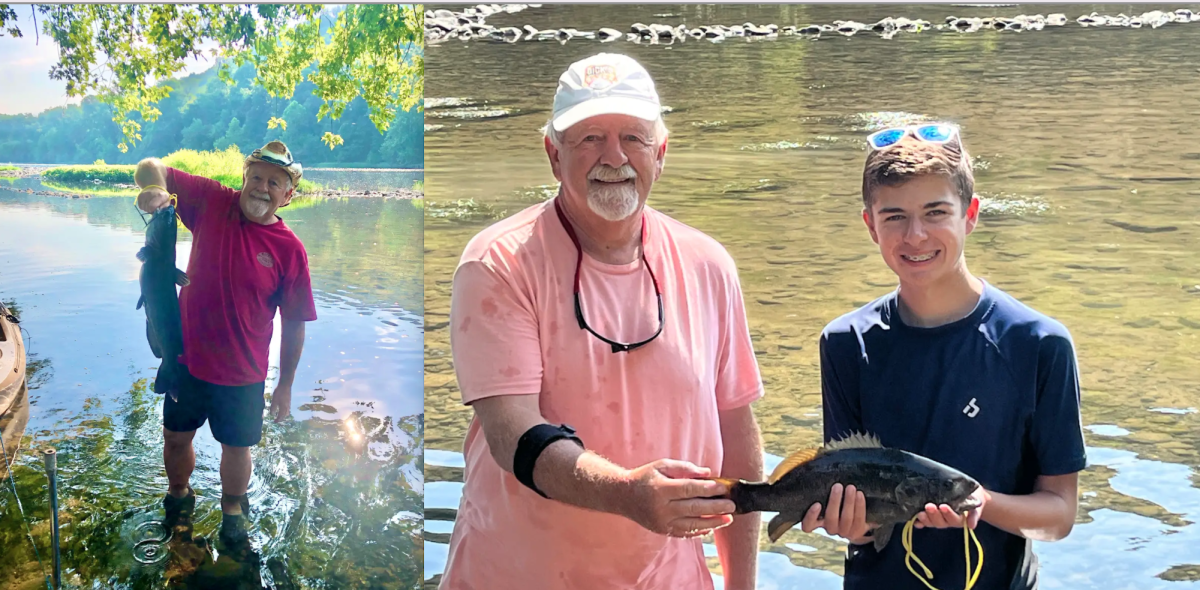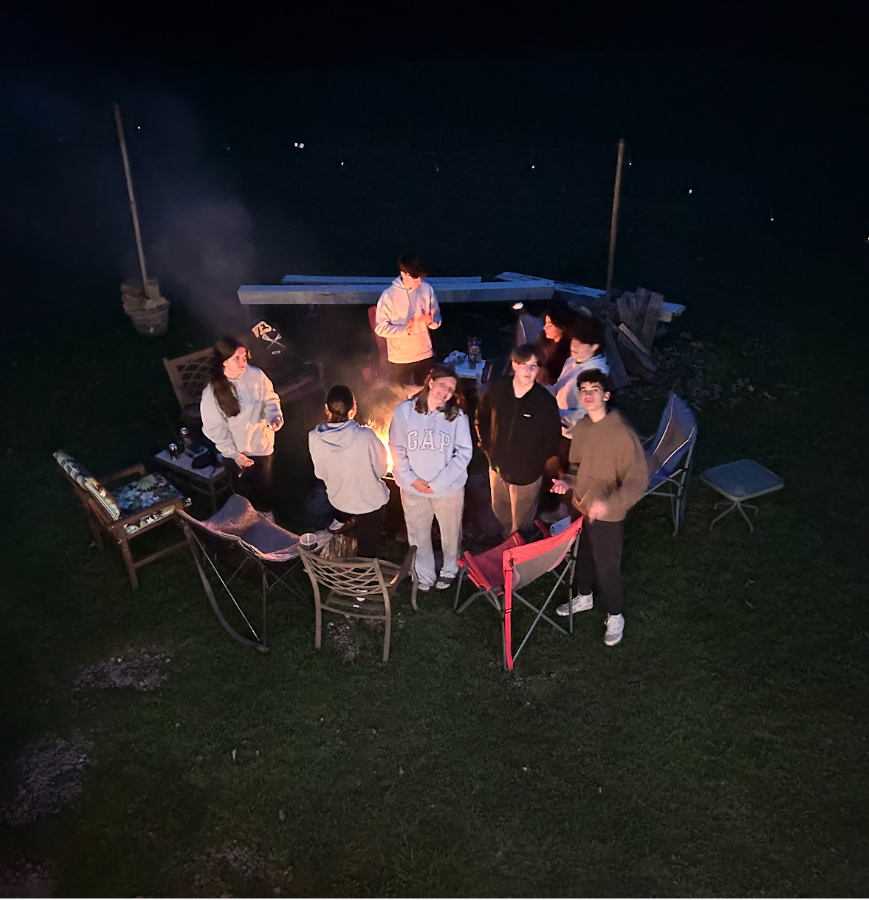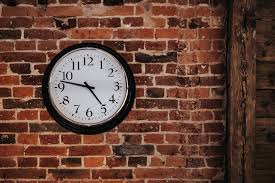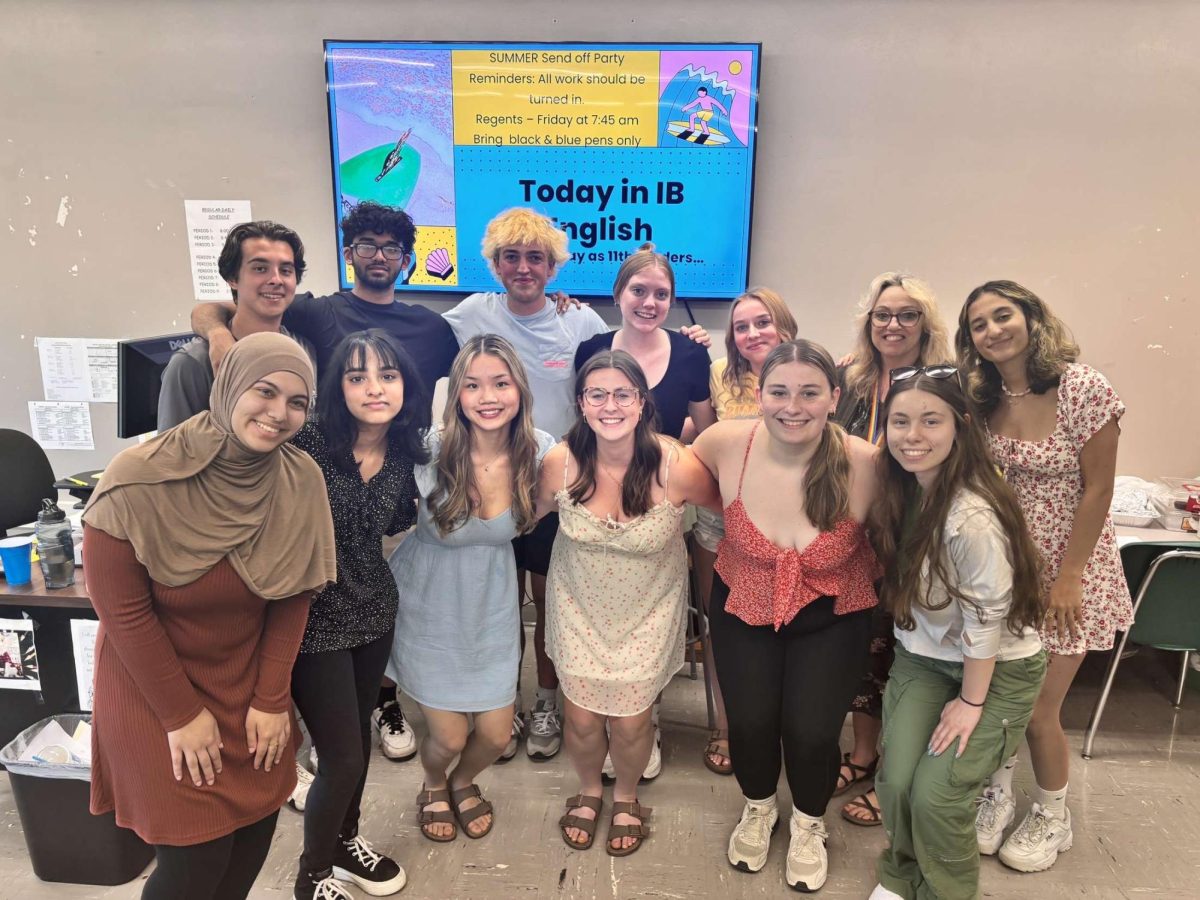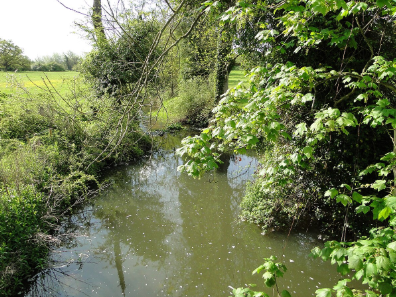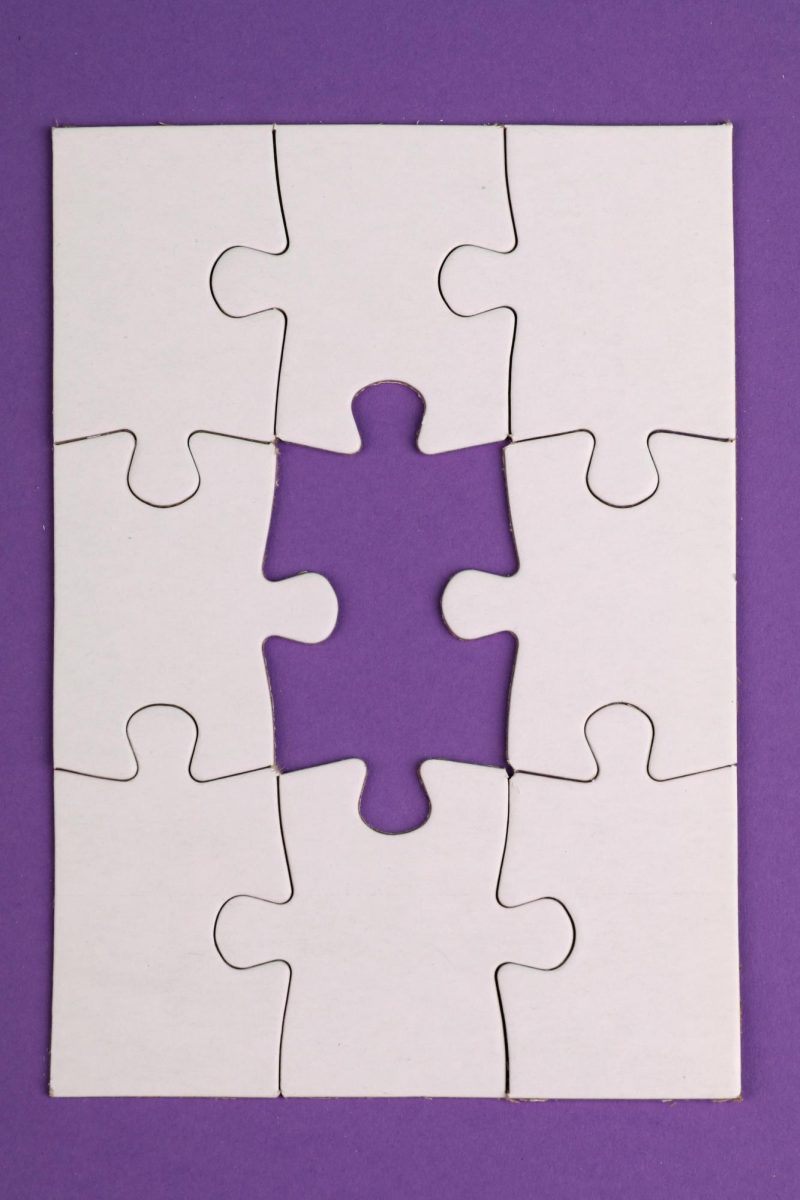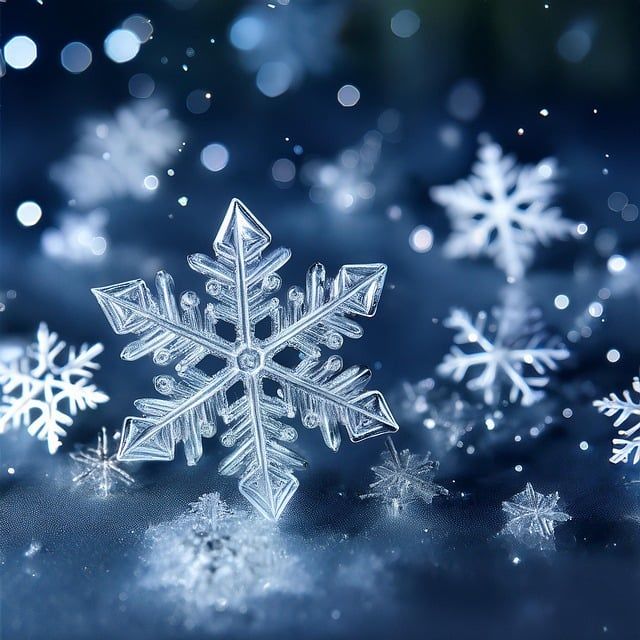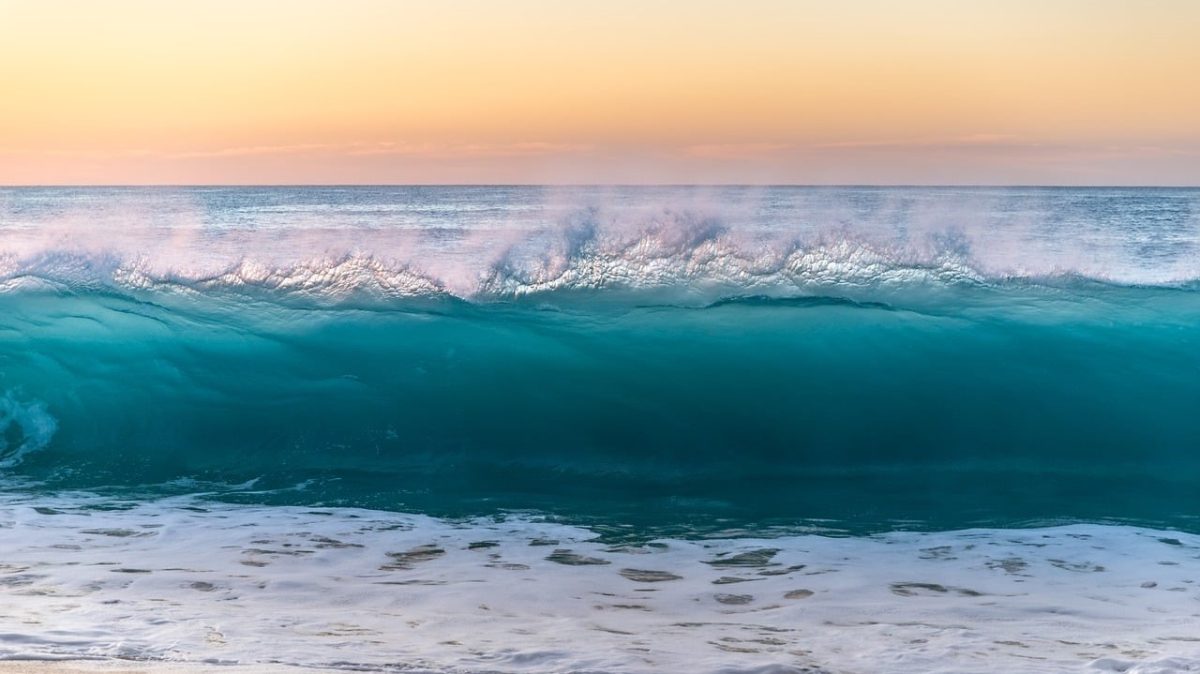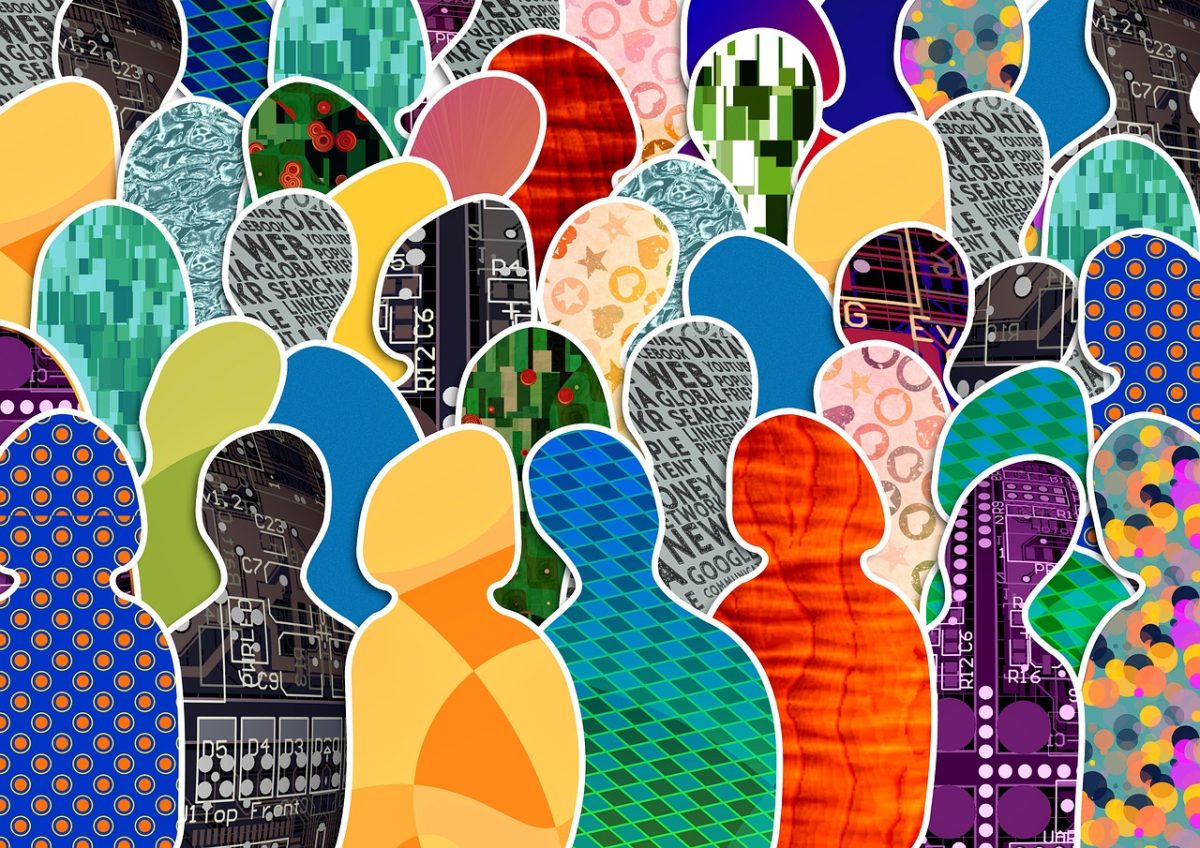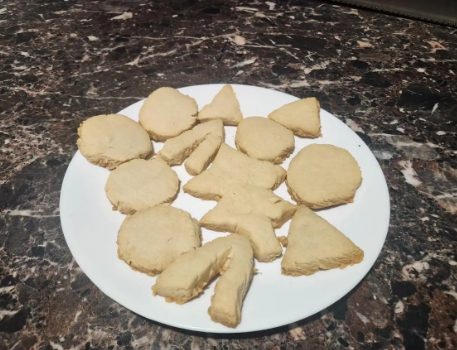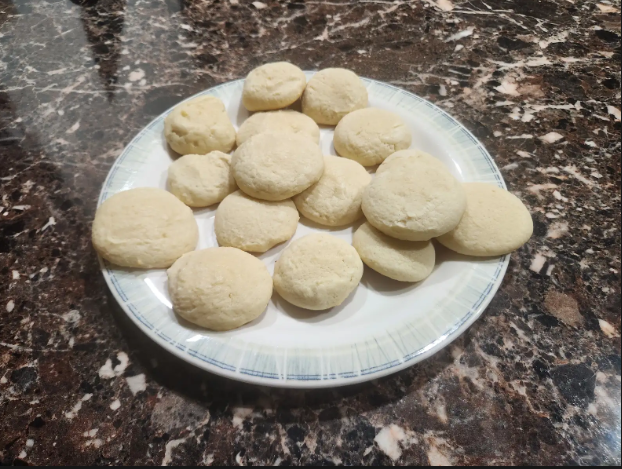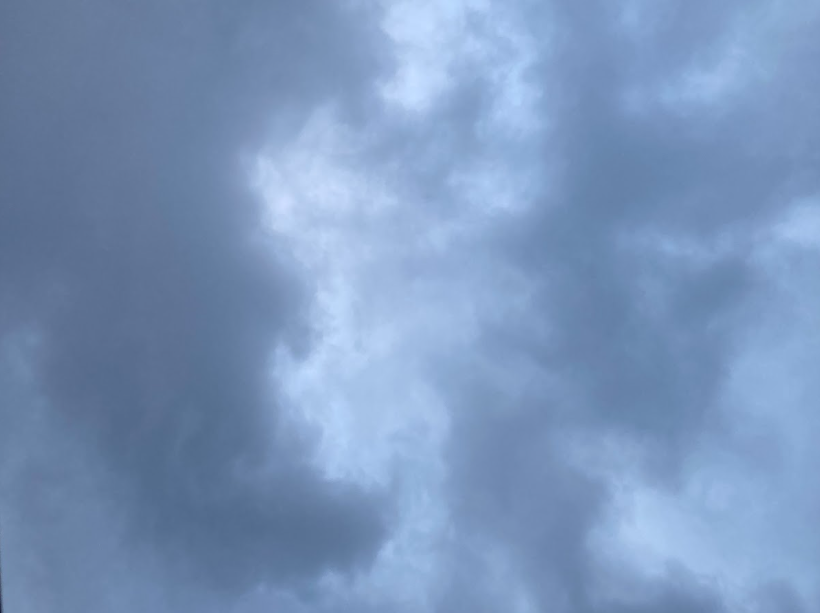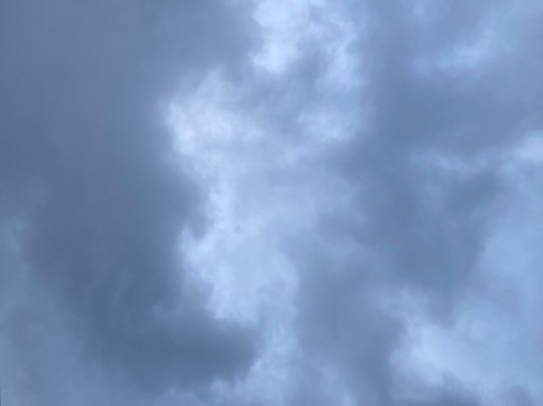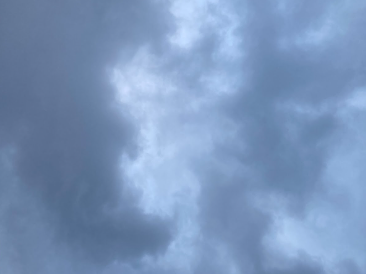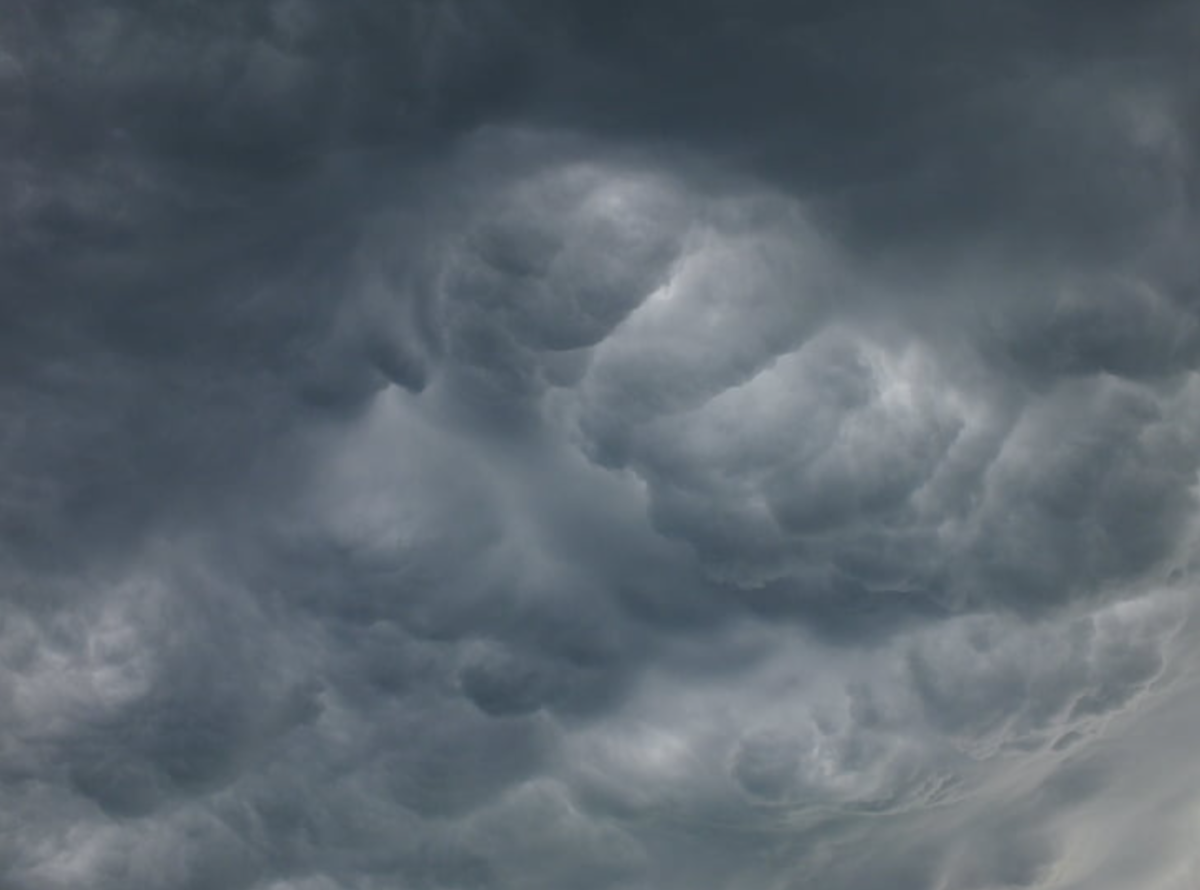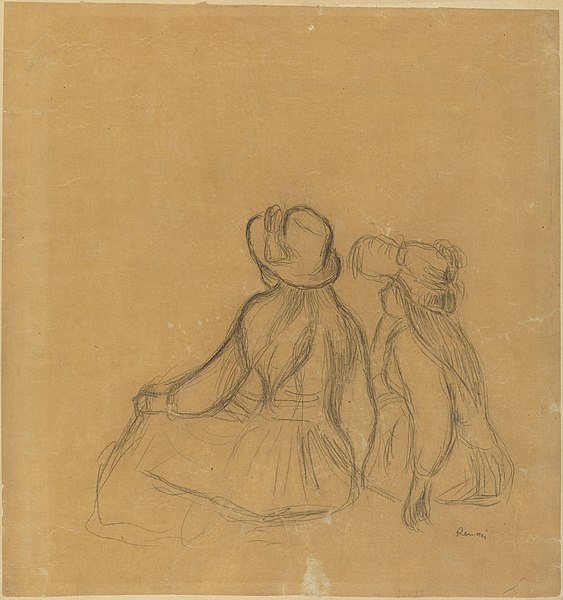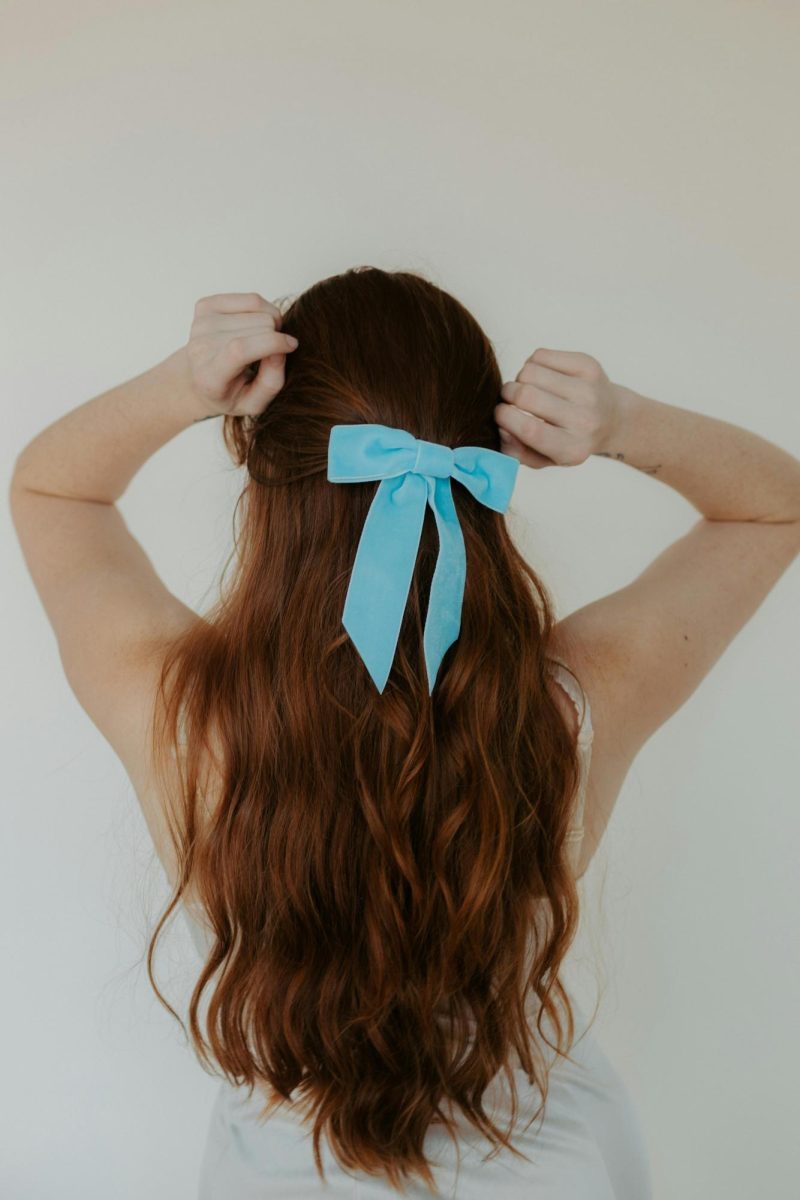Welcome to the Bearfacts Girlhood column! These monthly pieces will explore topics that affect the process of changing from a girl to woman in today’s society. They may analyze patriarchy-related struggles, trending lifestyle advice, or influential girl-related works of art. The topics will range from relationships and friendships to academics and capitalism. Hopefully, the pieces will present research and historical context– though they will include my opinion. Aiming to accentuate the commonalities in our experiences, they will feature the voices of girls around Vestal High School.
One of the most crucial and potentially joyful aspects of girlhood is the development of our lasting identity. For many, our culture is inseparable from who we are. Our personal relationships with our culture are an integral part of our process of becoming.
Beyond our individual identity is our place within a community. The concept of girlhood is inseparable from a community of girls (think about Little Women by Louisa May Alcott). Girls need each other for support and inspiration. A community of girls with similar relationships to cultural identity can provide girls with stability and confidence.
Nowhere celebrates the concept of culture with as much dedication and glee as Vestal’s Diversity Club! The club, meeting every other Thursday in room 240, often features and celebrates a variety of traditions. It empowers its members to take the spotlight by giving presentations or hosting activities. Occasionally, it even involves itself in projects to promote awareness and make money for global causes. Diversity Club is also very female-dominated, so I spoke with its attendees about being a girl.
I first sought out Sana Khan, Diversity Club’s devoted president. Sana told me that she actually met her best friend of four years just because she wanted to introduce herself to a fellow Pakistani! She described that to her, culture is one of the most crucial aspects of friendships and making new friends.
She agreed that the same spirit of connectivity manifests in Diversity Club, explaining, “There’s so many different cultures of people that come. Often they come in their own friend groups, but it’s really nice to see them talking with each other and figuring out ideas together.”
It is the sad truth that many spaces in America lead to cultural silencing. Often, people remain private about what could make them seem different from their peers. It is simply easier and safer to refrain from sharing these personal details, especially so as not to seem like a geek. Sadly, it even occurs in spaces where girlhood is celebrated. Girls need to be open to each other in order to process the world, though. Safe-spaces avoid the creation of a damaging divide between our social and cultural selves. However, according to Neda, another member, Diversity Club empowers the exact opposite attitude.
With Diversity Club, Neda said, people feel that “everybody’s culture is unique and is beautiful in their own ways.” With this, she described, “You can say things that you were embarrassed about.” This illustrates how a mission as simple as celebration is enough to open up a space and let people feel comfortable being themselves.
Diversity Club prioritizes not only the celebration of cultures, but education about them. Azel Gill agreed that learning about other traditions brings people together. She told me, “Whenever we learn about different cultural holidays in Diversity Club, I’m like ‘Oh my gosh this is so similar to like something in my culture’, and I’m like ‘Oh my gosh like wow, like deep down like we’re all really just people’.”
